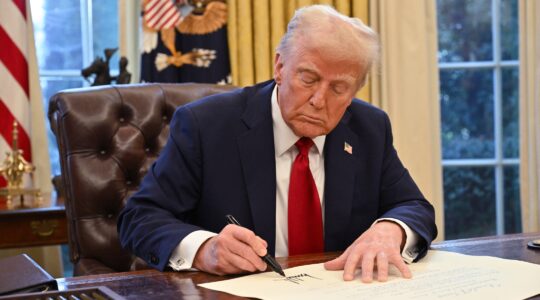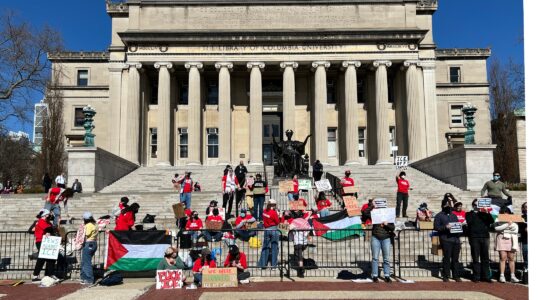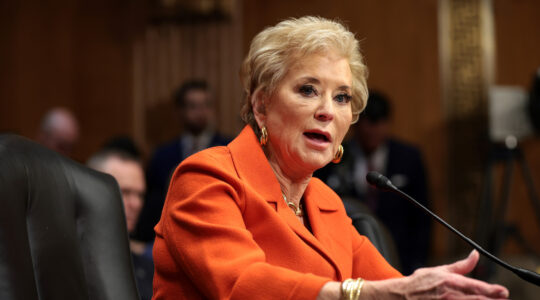(JTA) — The heirs of one of the largest prewar art collections in Hungary can sue in the United States for the recovery of some of the works from Hungarian institutions, a federal court ruled.
The U.S. Court of Appeals for the District of Columbia ruled Tuesday that the heirs of Baron Mór Lipót Herzog can sue Hungarian state-owned museums and a university to recover the more than 40 artworks with an estimated value exceeding $100 million. The collection includes works by artists including El Greco, Francisco de Zurbarán, Lucas Cranach the Elder, van Dyck, Velázquez and Monet.
The appeals court rebuffed claims by the Hungarian institutions that they are immune from U.S. jurisdiction under the U.S. Foreign Sovereign Immunities Act, in which foreign countries are exempt from being sued by U.S. citizens, and agreed with the Herzog heirs that the seizure of the collection during the Holocaust violated international law. The court also agreed that a 1947 peace treaty between Hungary and the United States does not bar the claims.
The court dismissed the Republic of Hungary as a defendant under the act, however.
De Csepel v. Republic of Hungary was filed originally in 2010 in the District of Columbia federal court after the family unsuccessfully pursued the art through other channels for decades, including the Hungarian courts, which in 2008 ruled that Hungary was not required to return the art.
David de Csepel of Los Angeles, a great-grandson of Baron Herzog, filed the suit on behalf of about a dozen relatives. Csepel told The New York Times in 2010 that he remembers his grandmother talking about the art when he was a boy living in New York.
The family believes there are many other Herzog artworks still in Hungary of which they are not aware and are not named in the lawsuit. In addition, the family has made legal claims for Herzog artwork in Poland, Russia and Germany.
Members of the Herzog family fled Hungary in 1944 to escape the genocide being carried out by Hungarian authorities with technical assistance by the Nazi SS. The Hungarian government enacted a law requiring Jews to deposit their art with the government for “safekeeping,” requiring the family to leave the artworks behind.
The Herzog Collection was inspected personally by Adolf Eichmann, who designated certain works for shipment to Germany. Others were left in Hungary’s possession or looted by others, according to the website Hungary on Trial, which chronicles the family’s search to recover the collection.
JTA has documented Jewish history in real-time for over a century. Keep our journalism strong by joining us in supporting independent, award-winning reporting.





